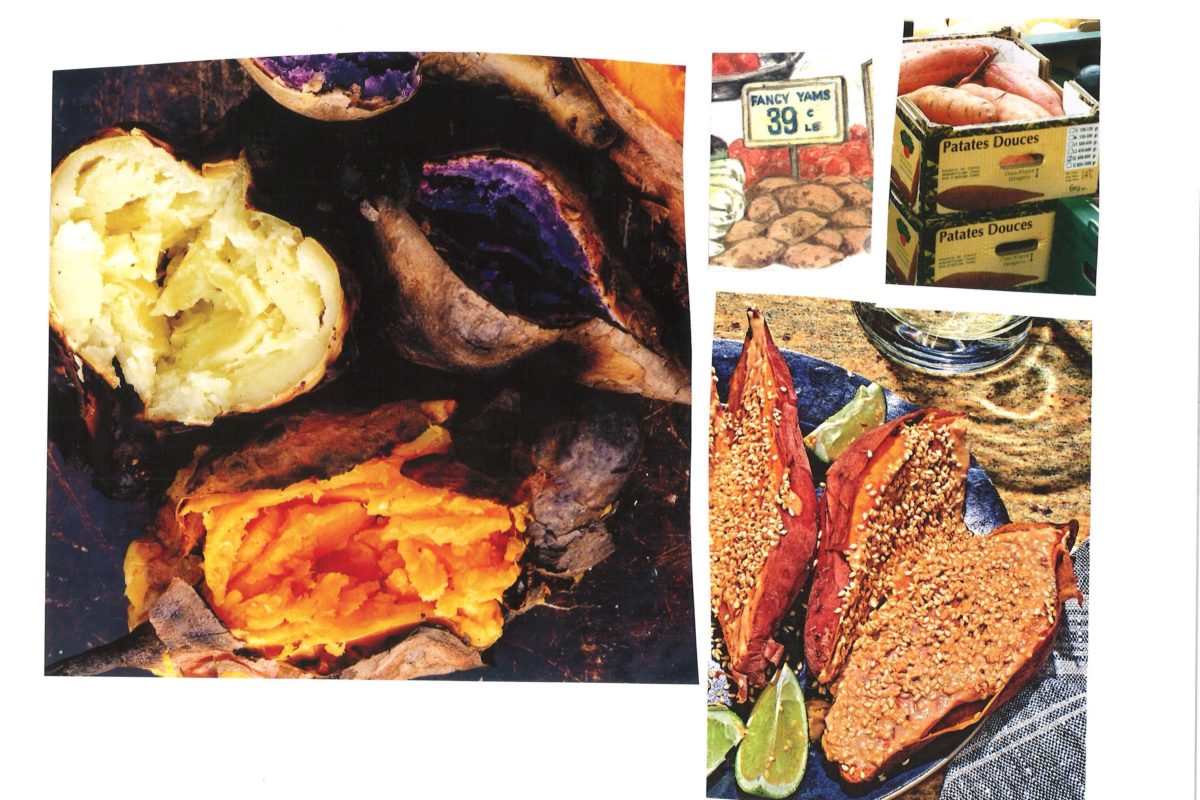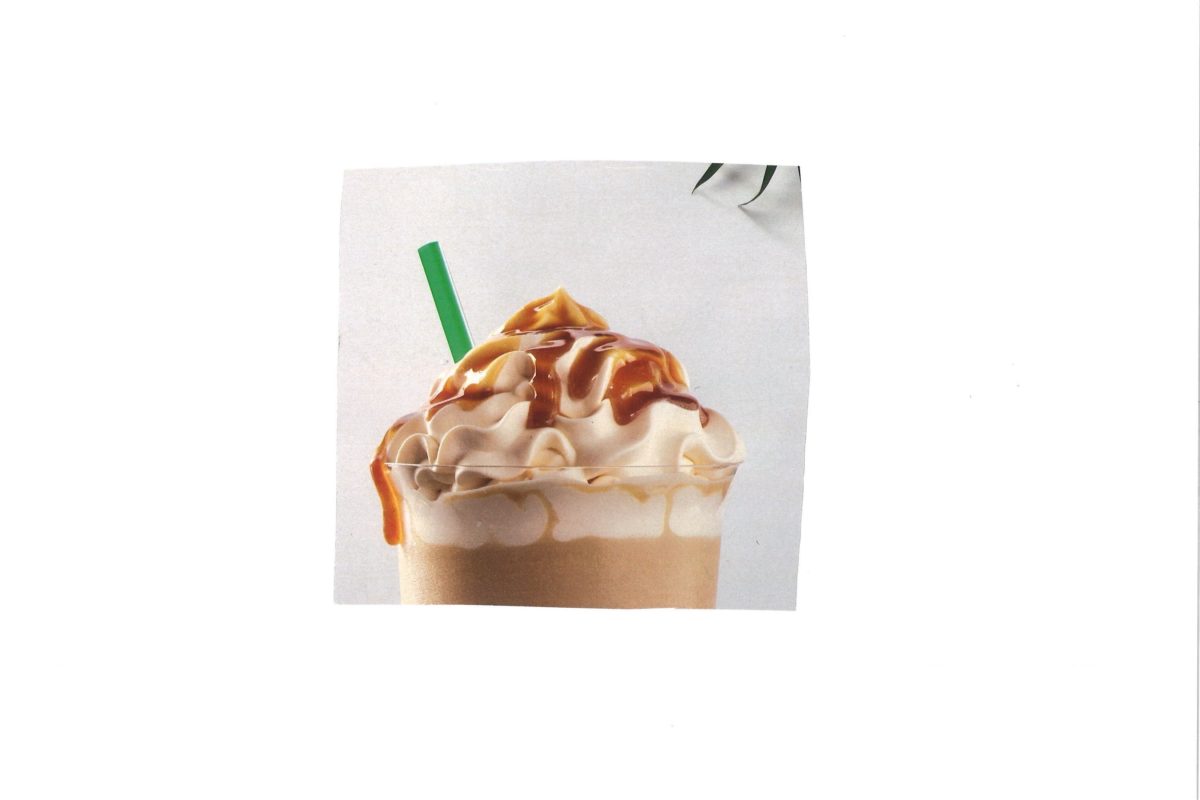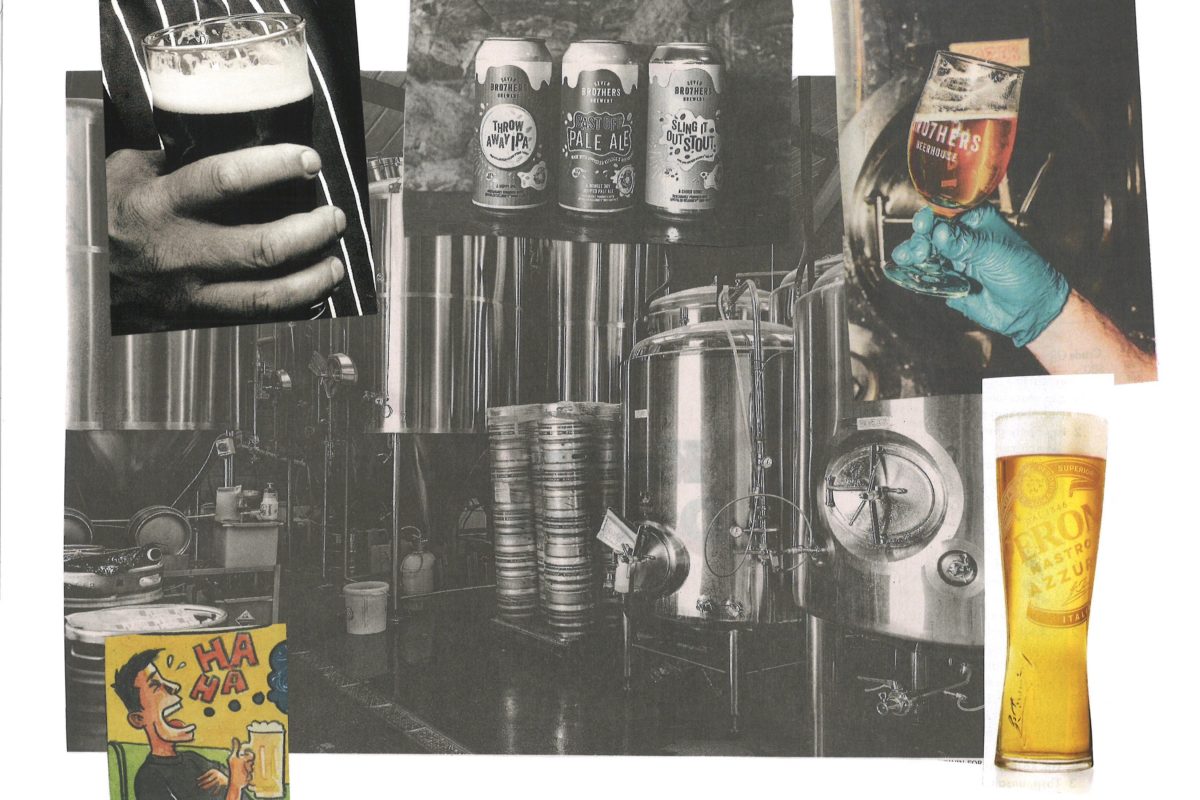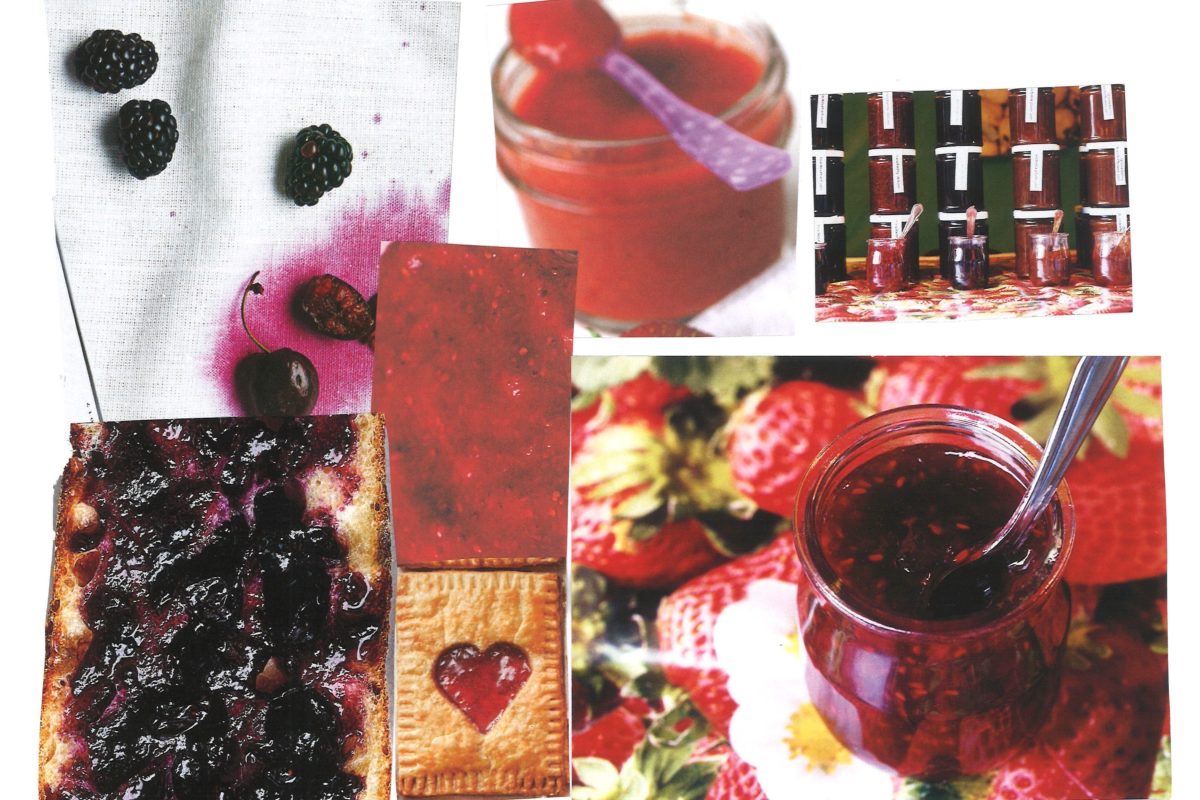What’s the Difference Between Soy Sauce, Shoyu, and Tamari?
One of the goals of What’s the Difference—besides pure delight, and being correct—is to make everyone’s worldviews a little bit bigger. So whether you’re the type of person whose pantry looks like a seventeenth-century apothecary or someone for whom the word “soy sauce” is the only part of this title you recognize, you are all welcome, seen, and celebrated. We’re all here to bathe in the JOY of KNOWLEDGE—so let’s take a dip, shall we?
Soy sauce was first invented approximately 2,000 years ago, using a process that is quite similar to the one we use today. To make it, soybeans and roasted wheat are mixed together and inoculated with Aspergillus mold, or koji. (Koji is also the mold used to make miso paste and sake.) After three to four days, the soybean-wheat-koji mixture is combined with water and salt to form a thick mash. The mash is then put into large vats and fermented, traditionally for eighteen months or longer, and then strained and bottled.
Soy sauces can be Chinese-style or Japanese-style. Chinese-style soy sauces traditionally are made with 100% soy, while Japanese-style soy sauces are made with a mix of soy and wheat (usually 50/50). This gives the Japanese sauces a sweeter, more nuanced flavor than their Chinese counterparts, which are usually saltier and more aggressive. Shoyuis simply the name for the Japanese-style soy sauce, which can be light (usukuchi) or dark (koikuchi).
Tamari is soy-sauce-like product that originated as a by-product of making miso. Classically, it’s made with only soybeans (and no wheat), making it more similar in flavor to Chinese-style soy sauce—and a great option for those who are gluten-free. (Many tamaris these days, however, do contain a bit of wheat—so if you’re concerned about gluten, make sure to check the bottle.)
Other soy sauce variants include Chinese light soy sauce, or “fresh” or “thin” soy sauce, which is the most common soy sauce in Chinese cuisine; Chinese dark soy sauce, which is thicker and darker in color but less salty than the light sauces and sometimes contains sugar or molasses; and sweet soy sauce, or kecap manis, an Indonesian style of soy sauce that’s popular across Southeast Asia. Sweet soy sauce is flavored with palm sugar, star anise, galangal, and other aromatics, giving it what Max Falkowitz at Snuk Foods calls a “barbecue-sauce consistency.” It’s popular in stir-fries and rice and noodle dishes, and it’s also great used in a marinade.
One more thing: before you buy any soy sauce or soy-sauce-like product, make sure to check the ingredients first. These days, there are bottles of stuff that are sold as soy sauce but contain tons of gross chemicals, aimed at replicating the soy sauce taste while bypassing the traditional fermentation process. According to Max, “If you see anything besides soy beans, wheat, salt, and mold cultures on the label, such as caramel coloring and ‘natural flavors,’ steer clear.” With so many options of what you can buy, it should be easy to do so.
If you liked this, subscribe to the What’s the Difference newsletter here!






